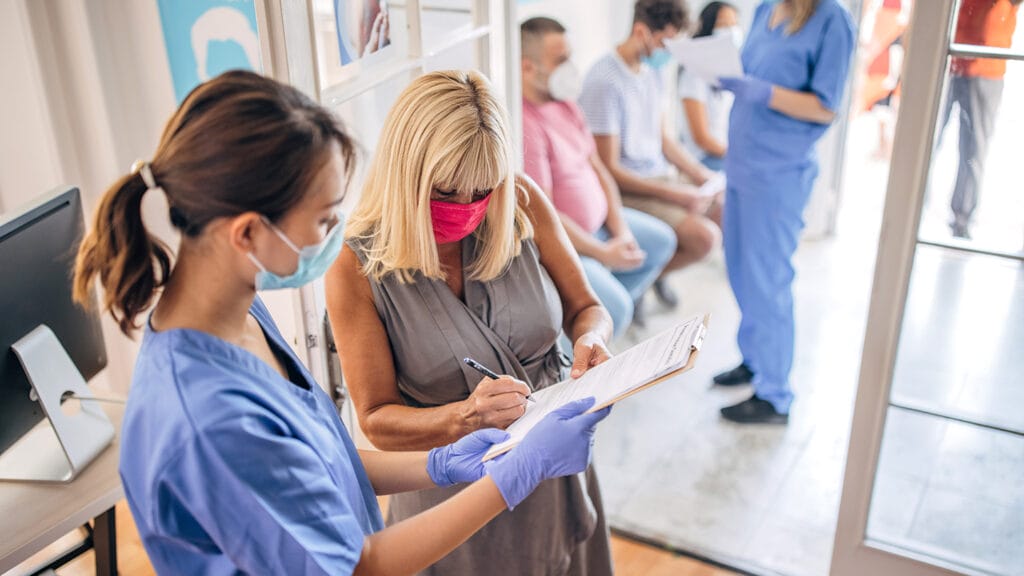
Older adults in New York City may have missed out on timely COVID-19 vaccinations — and possibly died — due to a misallocation of resources that allowed younger adults in wealthy neighborhoods to jump the line, according to the findings of a new study.
Research led by the University of the Witwatersrand in South Africa and Columbia University reviewed the effects of eligibility policies in the early rollout of the COVID-19 vaccines on coverage and probable outcomes, with a focus on New York City. Their results were published recently in the Journal of Urban Health.
Three days after the Food and Drug Administration approved the first vaccines in December 2020, the New York State Department of Health, in collaboration with the New York City Department of Health and Mental Hygiene, administered vaccines first to high-risk hospital workers. They expanded vaccination to adults aged 70 or more years on Jan. 4, 2021, followed by all other adults in March 2021.
The Centers for Disease Control and Prevention prioritized assisted living and nursing home residents and staff members, as well as other healthcare personnel, in phase 1a of vaccine rollouts. Phase 1b included people aged 75 and older, as well as frontline essential workers. Phase 1c included people aged 65 to 74, people aged 16 to 64 with high-risk medical conditions and other essential workers.
The study showed that low-income areas with high proportions of older adults had lower vaccine coverage rates — and higher mortality rates — than wealthier areas in the first three months of vaccine rollout. By the last week of March 2021, the mean vaccination rate for adults aged 65 and older ranged from 53% in the poorest areas to 75% in the wealthiest. One year later, when vaccines were widely available, vaccination coverage for older adults exceeded 87% for all older adults.
The investigators noted that the rapid pace by which vaccine eligibility was widened during the early months of 2021 meant that groups at lower risk were added to the pool of eligible recipients before those at higher risk were vaccinated.
Income and age were “clear predictors” of mortality due to COViD-19, where more than 81% of deaths were in people aged 65 and older. Delaying vaccination in those groups resulted in avoidable deaths, the researchers concluded.
“At a time when vaccine supply was still limited, many lower-risk, younger people accessed vaccines ahead of schedule, particularly in high-income areas, suggesting ‘misallocation’ of doses that could have been provided to older people, who had higher case fatality rates,” they wrote.
The authors added that their findings demonstrated the direct result of failures to prioritize health resources according to risk in a public health emergency. They noted that income, household age and related medical condition data are available to better focus on the most vulnerable through a “precision public health” approach in the future.
“A vaccine program that prioritized those at greatest risk of COVID-19-associated morbidity and mortality would have prevented more deaths than the strategy that was implemented,” Nina Schwalbe, adjunct professor at Columbia Mailman School, said in a press release. “When rolling out a new vaccine, policymakers must account for local conditions of high-risk population groups. If New York had focused limited vaccine supply on low-income areas with high proportions of residents 65 or older, overall mortality might have been lower.”


